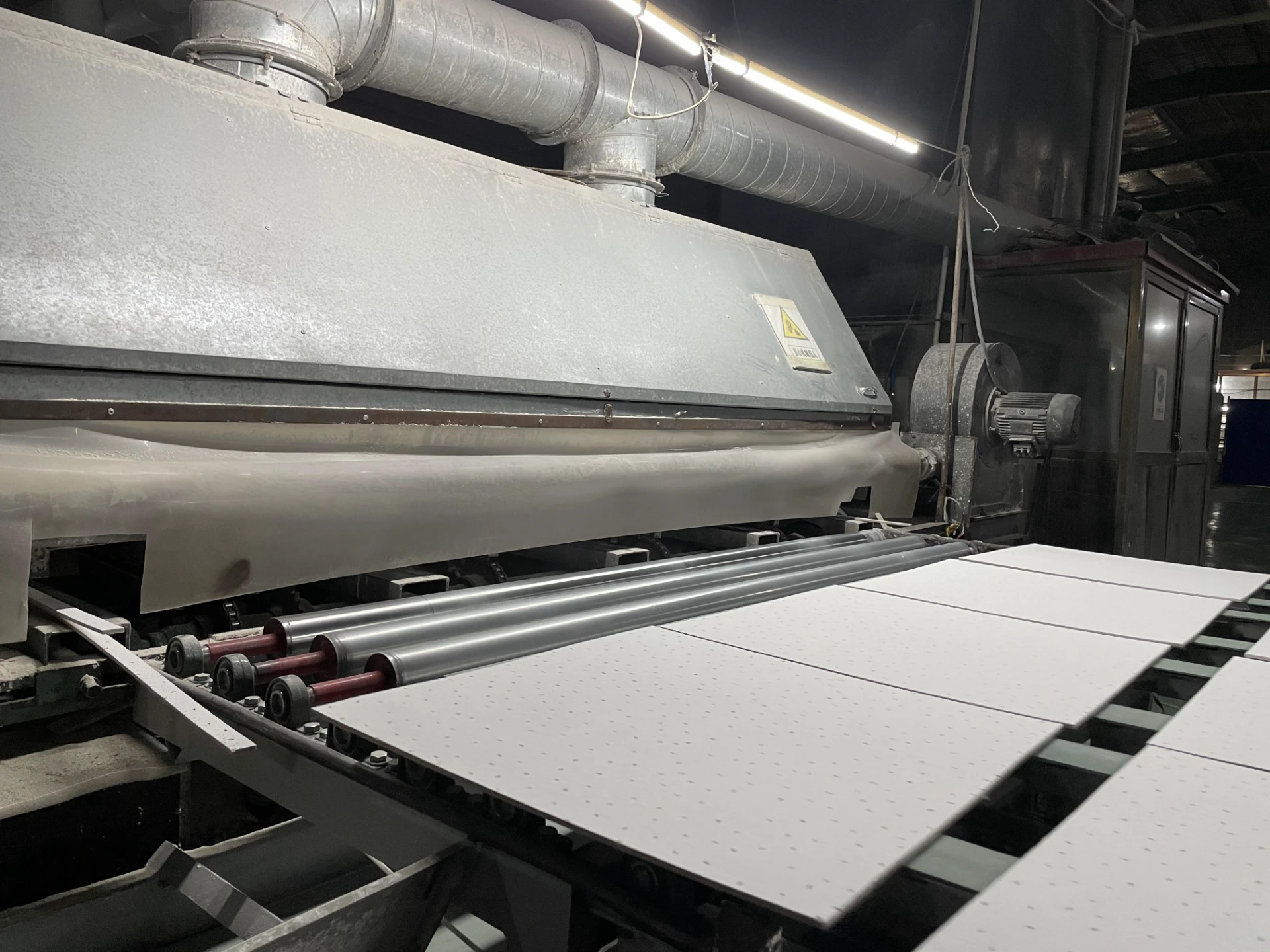- Afrikaans
- Albanian
- Amharic
- Arabic
- Armenian
- Azerbaijani
- Basque
- Belarusian
- Bengali
- Bosnian
- Bulgarian
- Catalan
- Cebuano
- Corsican
- Croatian
- Czech
- Danish
- Dutch
- English
- Esperanto
- Estonian
- French
- German
- Greek
- Hindi
- Indonesian
- irish
- Italian
- Japanese
- Korean
- Lao
- Malay
- Myanmar
- Norwegian
- Norwegian
- Polish
- Portuguese
- Romanian
- Russian
- Serbian
- Spanish
- Swedish
- Thai
- Turkish
- Ukrainian
- Uzbek
- Vietnamese
Ноя . 16, 2024 05:05 Back to list
Exploring the Benefits and Applications of Laminated Gypsum for Modern Construction
Laminated Gypsum A Versatile Building Material
Laminated gypsum, commonly referred to as gypsum board or drywall, has emerged as a predominant material in construction due to its versatility, ease of installation, and excellent performance characteristics. Composed primarily of gypsum plaster sandwiched between two sheets of heavy paper or fiberglass, laminated gypsum serves a plethora of applications ranging from residential to commercial structures.
One of the most appealing features of laminated gypsum is its lightweight nature. This characteristic not only facilitates ease of handling and installation but also reduces the overall load on building structures. The panels can be easily cut to size using standard tools, allowing for quick adaptations during construction and renovation projects. Additionally, laminated gypsum boards can be installed over a variety of substrates, making them an ideal choice for diverse architectural designs.
The fire-resistant properties of laminated gypsum are another significant advantage. Gypsum itself is a non-combustible material that can help slow the spread of fire in buildings. When exposed to fire, the water content in the gypsum evaporates, which helps to keep the surrounding area cooler and reduces the risk of fire damage. This makes laminated gypsum an essential component of fire-rated wall assemblies and ceilings, contributing to the overall safety of a structure.
Beyond fire resistance, laminated gypsum also offers excellent soundproofing capabilities
. The density and mass of the gypsum board help to dampen sound transmission between rooms, making it a popular choice for residential units, offices, and other spaces where acoustic privacy is essential. Specialized products, such as sound-rated gypsum boards, are specifically designed to enhance these sound insulation properties, catering to the needs of architects and designers.laminated gypsum

In terms of aesthetics, laminated gypsum provides a smooth and uniform surface that can be easily finished with various textures or paint. This makes it a favorite among interior designers who appreciate its ability to create a clean and modern look. The adaptability of laminated gypsum to different finishes and coatings allows for endless design possibilities while maintaining the structural integrity of the walls.
Moreover, laminated gypsum is known for its sustainability. Many products on the market contain a significant percentage of recycled material, and the production processes have become increasingly eco-friendly. The material itself is also readily recyclable, helping to minimize construction waste and reduce the environmental impact of building projects.
While laminated gypsum is an exceptional building material, it is essential to note its limitations. It is not water-resistant; therefore, in areas prone to moisture, such as bathrooms or kitchens, moisture-resistant gypsum board should be used to prevent mold and deterioration. Proper installation and maintenance are also critical to ensuring optimal performance and longevity.
In conclusion, laminated gypsum represents a remarkable fusion of functionality, safety, and aesthetics in the realm of construction materials. As building practices continue to evolve, this versatile material is poised to maintain its status as a cornerstone of modern architecture. Whether used in residential homes, commercial buildings, or industrial projects, laminated gypsum exemplifies the balance of practical application and design innovation, making it a preferred choice for architects, builders, and homeowners alike.
-
Transform Interiors with PVC Gypsum Ceiling: A Stylish, Durable, and Moisture-Resistant SolutionNewsMay.19,2025
-
The Smart Interior Upgrade: Discover the Durability and Versatility of Gypsum Ceiling Access Panel SolutionsNewsMay.19,2025
-
The Smart Choice for Interior Design: Discover the Value of PVC Gypsum Ceiling SolutionsNewsMay.19,2025
-
Mineral Fiber Ceiling Tiles: The Smart Blend of Performance and AestheticsNewsMay.19,2025
-
Mineral Fiber Ceiling Tiles: The Superior Choice Over Gypsum for Sound and Fire SafetyNewsMay.19,2025
-
Mineral Fiber Ceiling Tiles: Eco-Friendly Strength and Style for Every CeilingNewsMay.19,2025







